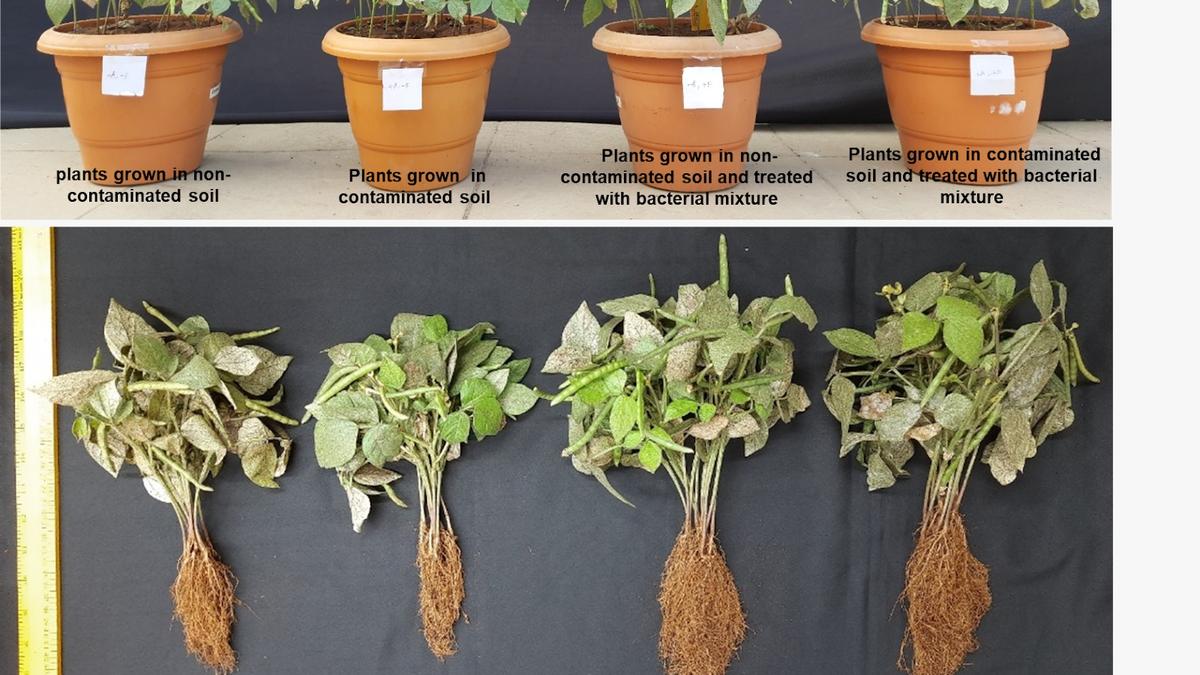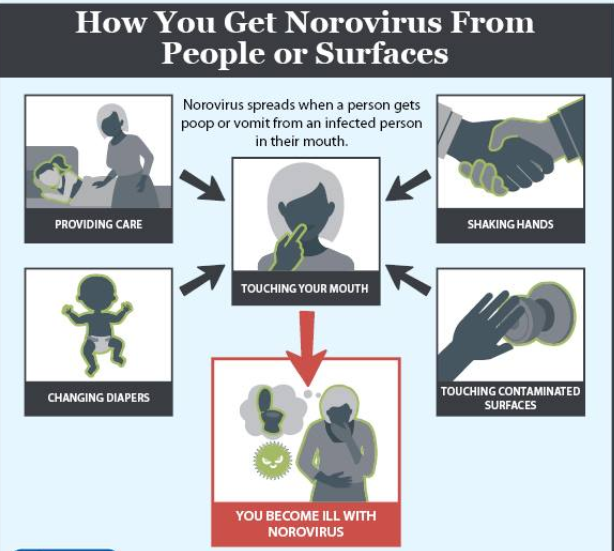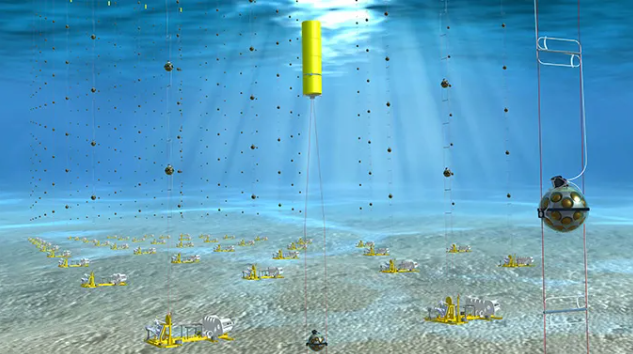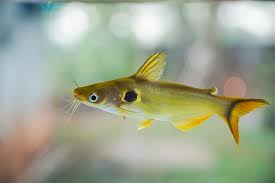Bacterial mixture for Plant Growth
Why in News?
In a recent study published in the journal Environmental Technology and Innovation, researchers have used the power of specific bacterial species to remove organic pollutants from soil.
- Bacterial mixture – Species from the genera Pseudomonas and Acinetobacter, were good at breaking down aromatic compounds in contaminated soil and thereby improving soil and plant health.
- Need – Soil contaminants are toxic, can inhibit seed germination, reduce plant growth, yield and also accumulate in seeds and plant biomass.
- Working - They break down pollutants into simpler, harmless, non-toxic compounds.
- Recover soil health – They fertilise the soil and improve soil health.
- Inhibit fungi – They produce substances like lytic enzymes and HCN (hydrogen cyanide) that can kill or inhibit the growth of plant pathogenic fungi.
- These bacteria are eco-friendly and target only the harmful fungi.
Despite the use of fungicides & disease-resistant cultivars, fungal infections still cause global crop losses of 10–23% annually, with key calorie crops in India, like rice and wheat, particularly affected.
- Make nutrients accessible to plants – They convert insoluble form of essential nutrients like phosphorus and potassium, into soluble forms and make them readily available to the plants.
- They produce siderophores, which help plants absorb iron in nutrient-limited environments.
- Improves plant growth & health – They produce high amount of growth hormone called indoleacetic acid (IAA).
- Boosts yield - They significantly boost the growth and yield of crops (wheat, mung bean, spinach, fenugreek, etc.) up to 45-50%.

Reference
The Hindu| Bacterial Mixture for Plant Growth in Contaminated Soil.
Norovirus Infection
Why in News?
Recently, the norovirus cases are raising in the United States (US).
- Norovirus – It is a highly contagious virus, an influenza virus.
- Winter vomiting bug – Since norovirus is most common during winter like bugs, it is called as Winter Vomiting Bug.
- Risk factors – All age groups get infected but more vulnerable are children younger than 5 years old, older adults, and people with weakened immune systems.
- Transmitted through – Contaminated food due to consumption of raw, oysters and other filter-feeding shellfish, water and surfaces
- Primary transmission route – Oral-faecal.

- Incubation period – It develops in 1 or 2 days after exposure.
- Symptoms – Diarrhea, vomiting, nausea and stomach pain and dehydration (loss of body fluids).
- Other symptoms – Fever, headache and body aches.
Norovirus is also called as Stomach Flu or Stomach Bug owing to its common symptoms associated with stomach.
Norovirus were previously known as Norwalk virus, was 1st identified in stool specimens collected during an outbreak of gastroenteritis in Norwalk city, United States.
- No treatment – There are no vaccines available for the disease and even antibiotic drugs do not help to treat norovirus infections.
- Precautions - Washing hands repeatedly with soap after using the lavatory or changing diapers.
References
- The Indian Express| Spread of Norovirus in US
- CDC| Norovirus
Cubic Kilometre Neutrino Telescope (KM3NeT)
Why in News?
Recently, the scientists have deployed 2 telescopes under the Mediterranean Sea to detect high-energy neutrinos.
- It is an underwater Neutrino telescope.
- Aim – To study high-energy neutrinos also known as ghost particles that could reveal secrets of the cosmos.
Neutrinos are weakly interacting subatomic particles that can travel astronomical distances undisturbed. They are the 2nd most abundant subatomic particles after photons.
- Need for underwater Neutrino telescope – While both frozen ice and deep sea waters are used for detecting neutrinos, underwater neutrino telescopes could be more efficient than IceCube.
- That is because water scatters light less, which gives a more accurate idea about where the detected neutrinos came from.
Neutrino detectors needs to be in dark because it look for flashes of Cherenkov radiation, a light that neutrinos produce when they interact with a water or ice molecule. These flashes trace the path of that neutrino, giving details of its source, the amount of energy it contains, and its origins.
- Features – It consists of 2 telescopes made up of glass baubles arranged on vertical cables.
- Each strand dangles in the water like a pearl necklace that’s up to 700 meters long.
- Each bauble, a pressure-resistant sphere 44 centimeters wide, contains 31 photomultiplier tubes that sense light generated when neutrinos crash into the seawater.

- Deployment – Detectors are deployed in 1 month-long campaign every year and at the end of 2024, the telescopes boasted 57 strands.
- Eventually, 100’s of such cables will sway in the currents, a few kilometers below the surface off the coasts of Sicily and the South of France.
- Sicilian telescope – Study high-energy neutrinos from space.
- French telescope – Study neutrinos from the atmosphere to understand how they oscillate, or change from 1 type of neutrino to another.
- Disadvantage of underwater neutrino telescope – Water absorbs light more and as a result, there will be less light to examine.
References
- The Indian Express| Underwater Neutrino Telescope & its Detection
- Science News| Cubic Kilometer Neutrino Telescope
Related News – Neutinos and IceCube Neutrino Observatory
Export Inspection Council (EIC)
Why in News?
Recently, the Export Inspection Council (EIC) has initiated an assessment on food testing infrastructure for exports.
- EIC – It is the apex advisory body to the Government.
- Established in – 1963, under section 3 of the Export (Quality Control and Inspection) Act, 1963.
- Nodal agency – Ministry of Commerce and Industry.
- Vision – To facilitate worldwide access for Indian exports to meet international norms.
- Objectives – To create an export inspection & certification infrastructure based on International Standards for Certification Authority in consonance with World Trade Organizations requirements.
- To instill confidence in importers as well as regulatory authorities of India’s trading partners about quality and safety of products.
- Role – Notify commodities which will be subjected to quality control and/or inspection prior to export.
- Establish standards of quality for such notified commodities.
- Specify the type of quality control and/or inspection to be applied to such commodities.
- Powers – It exercises administrative control over the 5 Export Inspection Agencies (EIAs).
- EIAs are located at Chennai, Delhi, Kochi, Kolkata and Mumbai.
- Issue Certificates of origin to exporters under various preferential tariff schemes for export product.
- Certification types
- Consignment wise inspection
- Certification of quality of food items for export through installation of Food safety Management System in the food processing units.
- International Recognitions – It is recognized by European Union, United States, Australia, Turkey, Korea, Japan and among others.
- Initiatives – It is set to launch a user-friendly online portal integrating traceability modules, a Laboratory Information Management System (LIMS) and E-Health features.
References
- The Indian Express| EIC & Its International Recognitions
- EIC India| Export Inspection Council (EIC)
|
One Liners 04-01-2025
|
|
Social Issues
|
|
Digitalisation of Schools in India
- Functional computers – only 57.2% of schools in the country.
- Internet access – Only in 53.9% of the schools.
PMAY-G program
- Nodal ministry - Ministry of Rural Development.
- Extension – It aims to construct 2 crore additional houses by 2029, with revised eligibility rules.
- The budget for housing schemes for 2024-25 is the highest at Rs 54,500 crore.
- Sanctioned houses – As of December 2024, only 31. 65 lakh houses had been sanctioned against a target of 42 lakh.
|
|
Economy
|
|
Quality Control Order (QCO) for Steel
- Standardization – Uniform specifications, testing methods, and manufacturing processes for steel production.
- Manufacturers are required to obtain BIS license for manufacturing.
- So far, 151 such steel standards formulated by BIS, have been incorporated in the QCO.
|
|
Agriculture
|
|
National Bureau for Fish Genetic Resources (NBFGR)
- Established in – 1983.
- Umbrella organisation - Indian Council of Agricultural Research (ICAR).
- Aim – To undertake research related to the conservation of fish germplasm resources of the country.
|
|
Environment
|
|
Black-collared yellow catfish
- Endemic to - Chalakudy River in Kerala.
- IUCN Status – Endangered.
- Captive breeding programme – Began in 2020.

|
|
Security
|
|
2025 as Year of Defence Reforms
- Aim – To revamp its armed forces.
- Key focus – On implementing integrated theatre commands to improve collaboration among the Army, Navy, and Air Force, making the military more advanced and ready for combat.
Integrated Theatre Commands
- It seeks to combine the strengths of all three services within a unified operational framework.
- Each theatre command will include units from the Army, Navy, and Air Force to tackle security challenges in specific regions.
|
|
Science
|
|
K2-18 b
NASA’s James Webb Space Telescope has observed that K2-18 b may have conditions suitable for liquid water and possibly life.
- It is an exoplanet found in a habitable zone.
- Discovered by - Kepler Space Telescope in 2009
- Features – It is about 124 light-years away from Earth, with a radius 2. 6 times that of Earth and a mass 8. 6 times greater.
MeerKAT radio telescope
- It is a 64-dish array.
- Located in – Karoo semi-desert in South Africa.
- Built and operated by – South African Radio Astronomy Observatory (SARAO).
- Precursor to – The Square Kilometre Array (SKA), which is expected to be the world's most powerful radio telescope when it's fully operational.
- Significance – It is the largest radio telescope in the Southern Hemisphere.
|
|
Miscellaneous
|
|
Awardees from Indian Railways
- They have the largest number of awardees of government for any single organization in India.
- Awardees - 183 Arjuna, 28 Padma Shri, 12 Dhyan Chand, 13 Dronacharya and 9 Major Dhyan Chand Khel Ratna Awardees.
- Sports wing in railways - Railway Sports Promotion Board.
Railway Sports Promotion Board
- Started in - 1928.
- Affiliation – With 28 National Sports Federations and with USIC (World Railways Sports Association).
- Sportsperson – More than 9000 sportspersons are on roll of Indian Railways in 29 game disciplines of whom about 3000 are active sportspersons.
|


